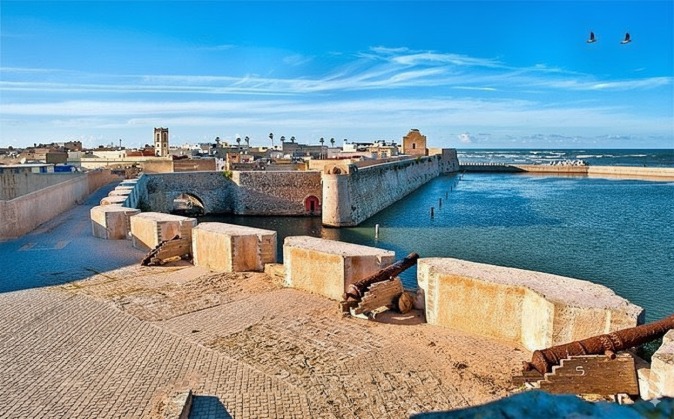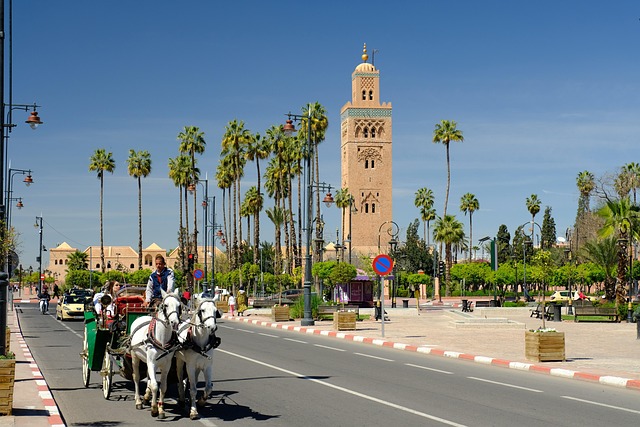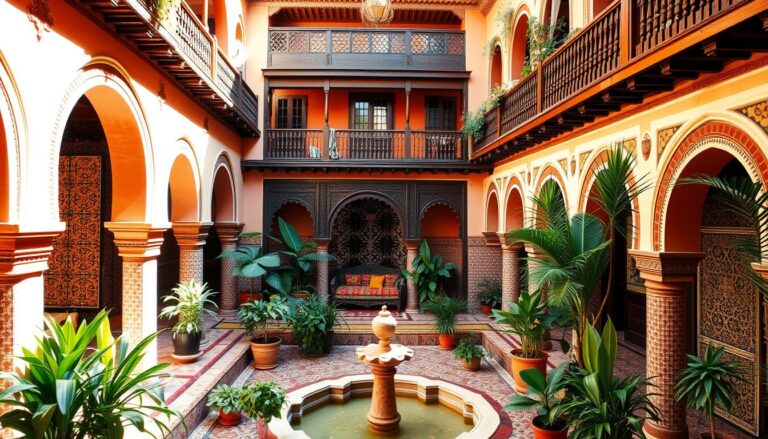Settat: An Inland City Rich in Agriculture and Tradition
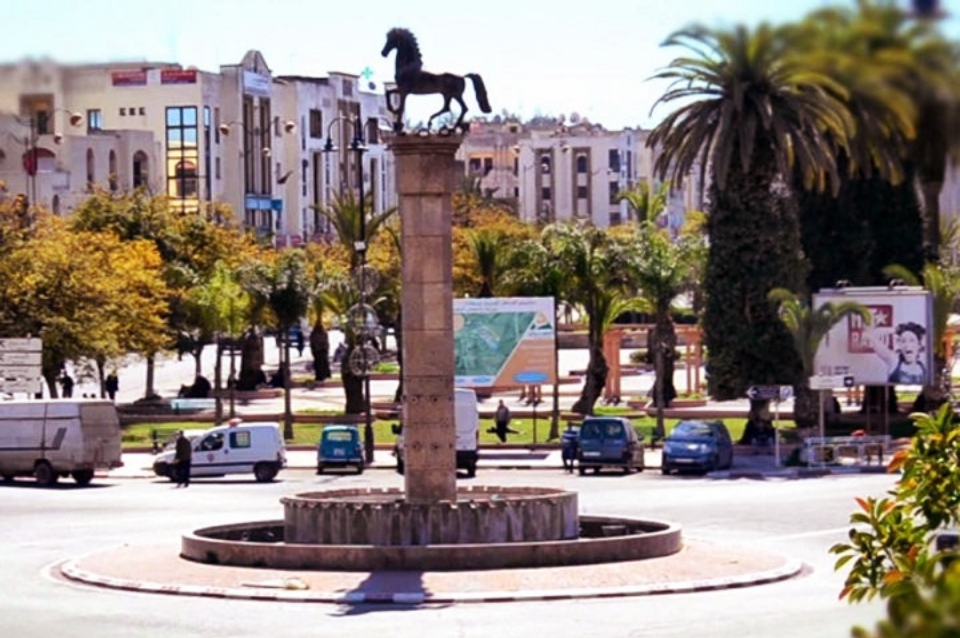
Where endless fields of wheat and barley stretch toward distant horizons and where traditional rural life thrives alongside modern farming, lies Settat—a city that embodies the authentic Morocco rarely seen by international tourists. This thriving provincial capital, located strategically between Casablanca and Marrakech, offers visitors something increasingly precious: genuine Moroccan urban life untouched by tourist expectations, combined with rich agricultural heritage and deep cultural traditions.
Situated approximately 60 kilometers south of Casablanca in the Chaouia-Ouardigha region, Settat serves as the economic and administrative heart of one of Morocco’s most important agricultural zones. This city of over 140,000 inhabitants functions as a vital commercial hub where farm products from surrounding countryside flow to urban markets, where agricultural technology meets traditional farming wisdom, and where modern Moroccan life unfolds at its own natural pace.
What makes Settat compelling for curious travelers is precisely its authenticity. This isn’t a city designed for tourism, and therein lies its appeal. Here you’ll find working markets serving local needs rather than tourist curiosity, restaurants preparing food for Moroccan palates rather than international tastes, and daily rhythms following agricultural cycles and business necessities rather than tour bus schedules. Settat provides rare opportunities to observe how ordinary Moroccans live, work, and maintain traditions in a contemporary provincial city.
The city’s agricultural importance shapes its character profoundly. Surrounding plains produce much of Morocco’s grain, dairy, and livestock, making Settat central to national food security. This agricultural wealth supports a prosperous middle class, good infrastructure, educational institutions including Hassan I University, and cultural amenities that serve local populations. The weekly souks draw farmers from across the region, creating vibrant marketplaces that showcase Morocco’s agricultural bounty and traditional commerce.
Whether you’re interested in understanding Morocco’s agricultural economy, seeking authentic cultural experiences away from tourist circuits, exploring the connections between rural and urban Morocco, or simply wanting to experience genuine Moroccan hospitality in a welcoming city where foreign visitors remain novelties, Settat offers insights and encounters that reveal dimensions of Morocco that most travelers never witness.
Agricultural Heritage and Rural Connections
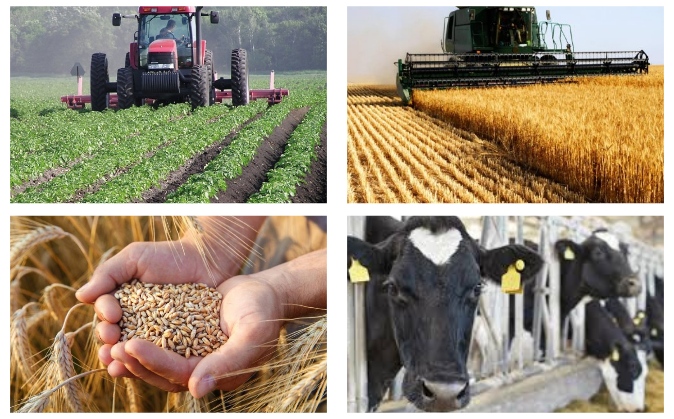
Morocco’s Breadbasket
Settat sits at the center of the Chaouia plains, Morocco’s most productive agricultural region. The surrounding countryside produces significant portions of the nation’s wheat, barley, corn, and other cereals, earning the region its reputation as Morocco’s breadbasket. Understanding this agricultural foundation provides context for the city’s prosperity and character.
Modern and Traditional Farming
The region showcases both mechanized modern agriculture and traditional farming methods. Visitors can observe massive grain operations using contemporary equipment alongside smallholder farms maintaining techniques passed through generations. This juxtaposition illustrates Morocco’s agricultural evolution and ongoing rural development challenges.
Livestock and Dairy Industry
Beyond crops, the area supports important livestock sectors including cattle, sheep, and poultry. Dairy production is particularly significant, with numerous farms supplying milk, cheese, and yogurt to urban markets. The weekly livestock markets demonstrate the continuing importance of animal husbandry to regional economy.
Agricultural Tourism Opportunities
While not formally organized, opportunities exist for agricultural tourism through local arrangements. Farms occasionally welcome visitors interested in observing olive harvesting, grain cultivation, dairy operations, or traditional irrigation systems. These visits require advance coordination, often facilitated through local guides or hotel connections.
Cultural Life and Urban Character
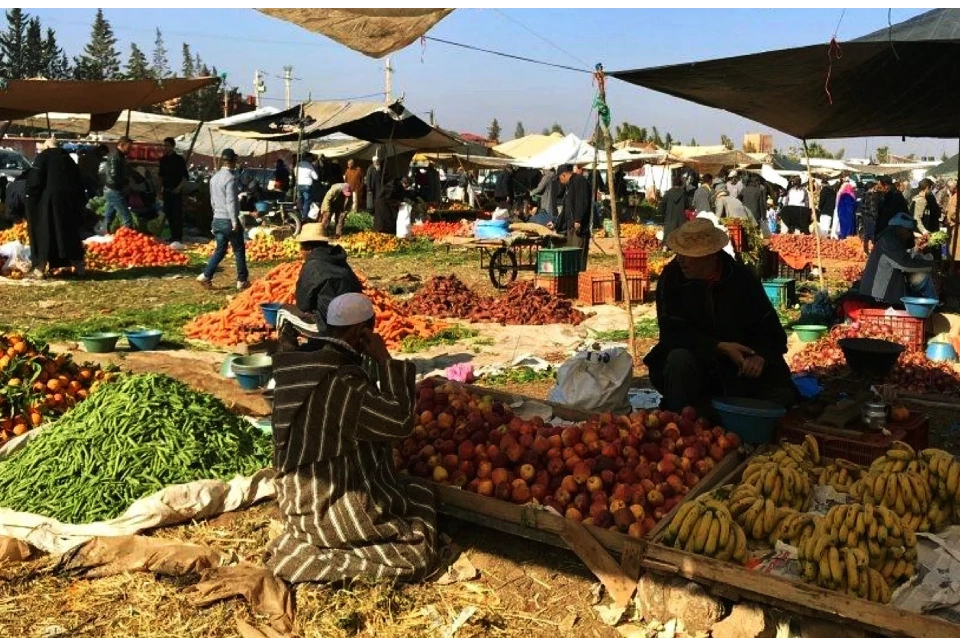
Weekly Souks and Markets
Settat’s traditional markets provide authentic Moroccan commercial experiences. The weekly souk draws vendors and buyers from across the region, creating vibrant gatherings where agricultural products, livestock, crafts, and household goods change hands. These markets function for local needs, offering genuine insights into Moroccan commerce and social interaction.
Hassan I University
The presence of Hassan I University brings youthful energy and intellectual life to Settat. The university attracts students from across Morocco and some international locations, creating a diverse population and supporting cafes, bookshops, and cultural activities. Campus areas offer pleasant walking and opportunities to observe Moroccan student life.
Middle-Class Moroccan Life
As a prosperous agricultural center, Settat showcases middle-class Moroccan life often invisible to tourists focused on imperial cities or resort destinations. The city’s cafes, restaurants, shops, and residential neighborhoods reveal how economically stable Moroccan families live, bridging traditional values with contemporary aspirations.
Community Gatherings and Social Spaces
Public gardens, sports facilities, and community centers serve as social hubs where families gather, young people socialize, and community bonds strengthen. These spaces welcome respectful visitors interested in observing authentic Moroccan social dynamics.
Historical Context and Development

Colonial Era Legacy
Settat developed significantly during the French Protectorate period (1912-1956) when its agricultural potential attracted investment in infrastructure, commercial facilities, and administrative buildings. Colonial architecture remains visible in the city center, telling stories of this transformative historical period.
Post-Independence Growth
Following independence, Settat continued expanding as agricultural modernization and rural-urban migration drove population growth. The city’s development reflects broader Moroccan nation-building efforts and economic evolution from colonial to post-colonial periods.
Strategic Location
Positioned on major transportation routes between Casablanca and Marrakech, Settat has always served as an important stopover and commercial junction. This strategic location contributed to its development as a regional administrative and economic center.
Modern Urban Planning
Contemporary Settat exhibits planned urban development with organized neighborhoods, modern infrastructure, and facilities reflecting its role as a provincial capital. The city balances growth with maintaining manageable scale and community character.
Culinary Experiences and Local Flavors

Farm-to-Table Freshness
Settat’s agricultural surroundings ensure exceptional fresh ingredients. Local restaurants serve dishes featuring recently harvested vegetables, locally raised meats, fresh dairy products, and other ingredients that travel minimal distances from farms to plates. This freshness significantly enhances culinary quality.
Traditional Moroccan Cuisine
Family-run restaurants prepare authentic Moroccan dishes including hearty tagines, traditional couscous, grilled meats, and regional specialties prepared for local tastes rather than tourist expectations. The emphasis on generous portions and robust flavors reflects agricultural abundance and hospitality traditions.
Bakeries and Bread Culture
Neighborhood bakeries produce various traditional breads that remain central to Moroccan meals. Observing morning bread purchases reveals daily rituals and the continuing cultural importance of fresh, traditional baking.
Street Food and Casual Dining
Street vendors and casual eateries offer various Moroccan quick foods including msemen (Moroccan pancakes), sandwiches featuring local ingredients, fresh fruit juices, and traditional snacks. These establishments provide affordable, authentic culinary experiences.
Market Fresh Shopping
Local markets supply fresh produce, spices, olives, preserved foods, and traditional ingredients. Shopping at these markets offers insights into Moroccan cooking traditions and opportunities to observe how ingredients flow from agricultural production through local commerce to household consumption.
Practical Amenities and Services
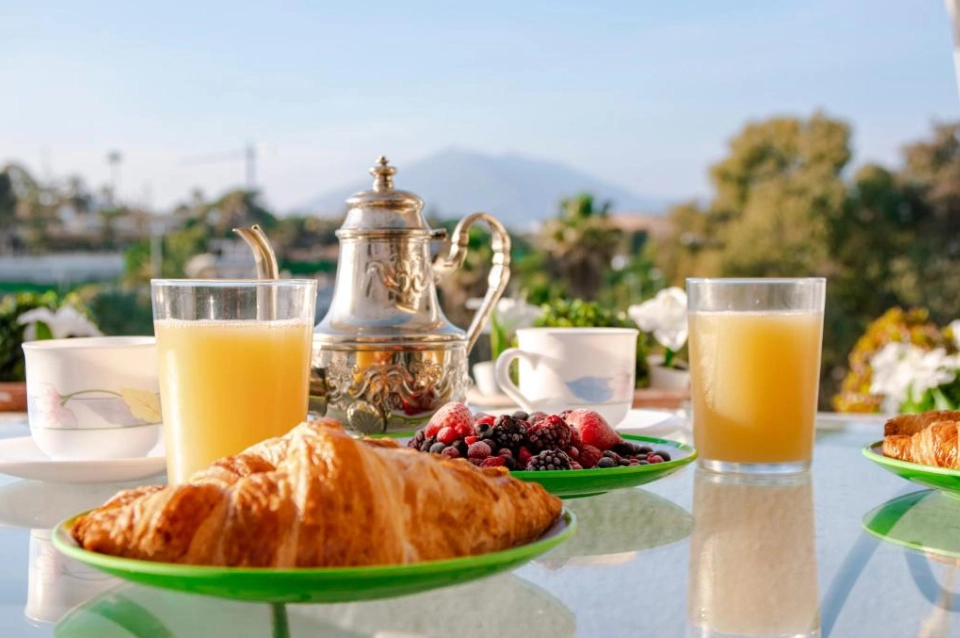
Accommodation Options
Settat offers various accommodation choices from budget hotels to more comfortable mid-range establishments. While lacking luxury tourist resorts, available options provide clean, adequate lodging at prices reflecting local rather than tourist economies. Several hotels cater to business travelers and agricultural professionals visiting the region.
Transportation Connections
The city enjoys excellent transportation links with regular bus services to Casablanca, Marrakech, and other major destinations. The train station connects to Morocco’s national rail network, making Settat easily accessible and a convenient base for regional exploration. Local transportation includes taxis and buses for moving around the city.
Essential Services
As a provincial capital, Settat maintains comprehensive banking facilities, medical centers, pharmacies, shopping centers, and other services. The presence of these amenities makes extended stays practical and comfortable for travelers.
Educational and Professional Infrastructure
Beyond the university, the city hosts various educational institutions, agricultural research facilities, and professional training centers. These institutions contribute to the city’s intellectual atmosphere and economic vitality.
Day Trips and Regional Exploration

Casablanca Excursions
The proximity to Casablanca (approximately one hour by car or train) enables easy day trips to Morocco’s economic capital. Visitors can explore the Hassan II Mosque, experience urban Moroccan culture, visit coastal attractions, and return to quieter Settat for evening accommodation.
Berrechid and Agricultural Areas
The surrounding countryside offers opportunities to observe agricultural operations, visit rural markets, and experience traditional village life. Berrechid, a nearby agricultural town, provides additional insights into the region’s farming economy and rural culture.
El Jadida and Atlantic Coast
West of Settat, the historic coastal city of El Jadida (about 90 minutes away) offers Portuguese colonial architecture, beautiful beaches, and fresh seafood. This UNESCO World Heritage site provides dramatic contrast to Settat’s inland agricultural character.
Beni Mellal Direction
Traveling southeast toward Beni Mellal reveals changing landscapes as agricultural plains give way to foothill regions. The route provides scenic drives and opportunities to observe Morocco’s geographical diversity within relatively short distances.
Seasonal Activities and Agricultural Cycles
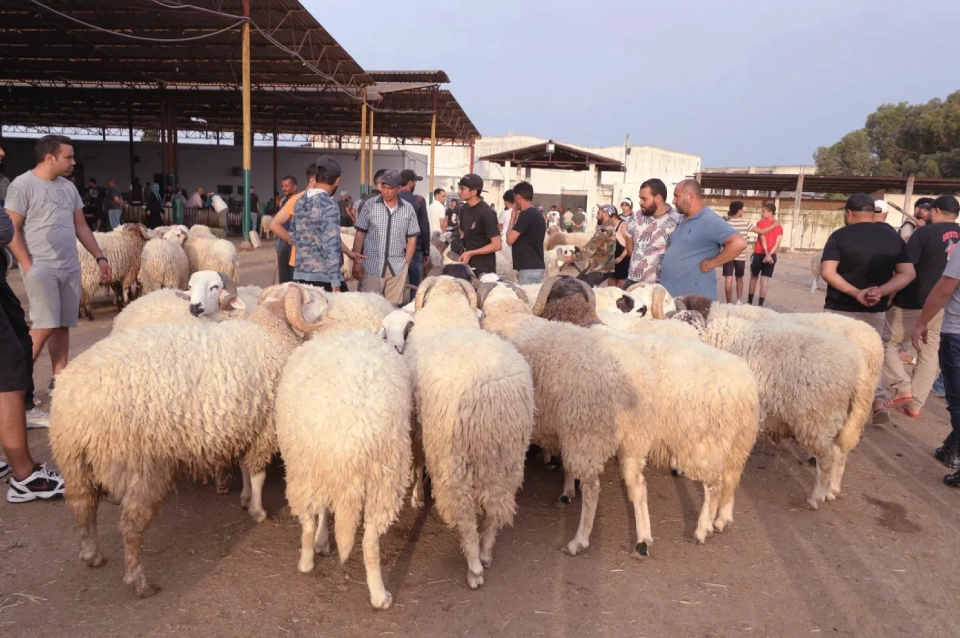
Harvest Season Observations
Late spring and early summer bring grain harvests that transform the surrounding landscape. This period offers opportunities to observe mechanized harvesting, traditional threshing methods in smaller operations, and the bustling activity of agricultural peak season.
Livestock Markets and Trading
Weekly livestock markets remain important throughout the year, but certain seasons bring increased activity as farmers buy, sell, and trade animals according to agricultural cycles, religious holidays, and market conditions.
Agricultural Festivals
While less formalized than in some regions, local celebrations occasionally mark successful harvests or agricultural milestones. These community gatherings provide insights into how agricultural success is celebrated and shared.
University Academic Year
The presence of students during academic terms (September through June) brings different energy to the city compared to summer months when many students return to home regions. Each period offers distinct perspectives on city life.
Cultural Sensitivity and Local Customs

Conservative Provincial Character
Settat maintains more conservative social customs than major tourist destinations. Modest dress, respectful behavior, and understanding of local sensibilities are essential. The city’s lack of tourist infrastructure means visitors experience authentic conservative Moroccan culture.
Religious Observances
As with all Morocco, Islamic practices shape daily rhythms including prayer times, Friday mosque attendance, and religious holidays. Respectful awareness of these observances enhances cultural understanding and prevents inadvertent offenses.
Hospitality Traditions
Moroccan hospitality traditions remain strong in Settat. Locals often show curiosity and friendliness toward foreign visitors, potentially offering assistance, invitations for tea, or engagement in conversation. These interactions provide valuable cultural exchanges when approached with reciprocal respect.
Language Considerations
Arabic and French are primary languages, with Berber spoken by some residents. English is uncommon outside educational contexts. Learning basic Arabic or French phrases significantly enhances experiences and demonstrates respect for local culture.
Practical Travel Tips

Why Visit Settat
- Experience authentic Moroccan provincial life without tourist crowds
- Observe agricultural Morocco and rural-urban connections
- Enjoy genuine Moroccan hospitality in welcoming environment
- Access affordable, quality accommodation and dining
- Use as convenient base for exploring region between Casablanca and Marrakech
What to Pack
- Comfortable walking shoes for exploring the city
- Modest, conservative clothing appropriate for provincial Morocco
- Arabic or French phrasebook or translation app
- Camera for documenting authentic daily life
- Sun protection for outdoor activities
- Light layers for temperature variations
Safety and Practical Matters
- Settat is very safe with low crime rates
- Standard travel precautions are sufficient
- Carry cash as credit card acceptance may be limited
- Respect photography restrictions and always ask permission
- Be patient with language barriers
Money and Economics
- Expect significantly lower prices than tourist destinations
- Cash is essential for most transactions
- ATMs are available throughout the city
- Bargaining appropriate in traditional markets
- Fixed prices in modern shops and restaurants
Hidden Gems and Authentic Experiences

Morning Market Life
Early morning visits to markets reveal daily rituals as vendors arrange displays, regular customers make purchases, and the city awakens. These peaceful hours provide excellent observation and photography opportunities before crowds arrive.
University Area Cafes
Cafes near Hassan I University offer opportunities to observe Moroccan student culture, intellectual discussions, and youth perspectives. These establishments welcome visitors and provide windows into young Moroccan aspirations and concerns.
Evening Promenade Culture
Like many Moroccan cities, Settat embraces evening promenade traditions where families stroll, socialize, and enjoy public spaces as temperatures cool. Participating in these evening walks provides insights into Moroccan social life and family dynamics.
Local Hammams
Traditional neighborhood bathhouses offer authentic Moroccan wellness experiences at prices reflecting local economies. These facilities provide cultural immersion and opportunities to understand traditional hygiene and social customs.
Agricultural Cooperative Visits
Some agricultural cooperatives welcome visitors interested in understanding collective farming, product processing, or traditional agricultural techniques. These visits require advance arrangement but provide fascinating insights into Morocco’s agricultural organization.
FAQs
Q1: Why would tourists visit Settat when it has no major tourist attractions? A: Settat offers what many travelers increasingly seek—authentic cultural experiences in a real Moroccan city functioning for local needs rather than tourism. It provides insights into agricultural Morocco, provincial life, and genuine daily culture that imperial cities and resort destinations cannot offer. For travelers interested in understanding contemporary Morocco beyond stereotypes, Settat delivers valuable perspectives while offering comfortable amenities and strategic location between major destinations.
Q2: How many days should I spend in Settat, and what would I do there? A: Most travelers allocate 1-2 days, often as a convenient stopover between Casablanca and Marrakech. This allows time to experience local markets, explore the city center, observe daily life, and enjoy authentic Moroccan meals. Adding extra days enables day trips to Casablanca, El Jadida, or surrounding agricultural areas, plus deeper immersion in local culture through university area exploration, agricultural visits, or extended market experiences.
Q3: Is Settat safe for foreign tourists, especially solo travelers? A: Yes, Settat is very safe with low crime rates and genuinely welcoming residents. Foreign visitors are uncommon enough to attract curious interest but this typically manifests as helpful hospitality rather than problems. Solo travelers of any gender visit successfully, though conservative dress and behavior are important. The lack of tourist-focused infrastructure actually reduces scam risks common in major destinations.
Q4: What makes Settat’s location advantageous for travelers? A: Settat’s position approximately one hour from Casablanca and two hours from Marrakech makes it ideal for breaking journeys, avoiding expensive tourist area accommodation, and accessing both cities easily. The train and bus connections are excellent, making day trips practical. Additionally, the city provides authentic Moroccan experiences and reasonable prices while maintaining proximity to major attractions and international airports.
Q5: Can I experience agricultural activities or visit farms around Settat? A: Yes, though agricultural tourism isn’t formally organized like in some countries. Hotels or local guides can often arrange farm visits to observe olive harvesting, dairy operations, grain cultivation, or livestock management. Timing visits during harvest seasons (late spring/early summer) provides the most active agricultural experiences. The weekly livestock market offers guaranteed opportunities to observe traditional agricultural commerce. Visitors should approach with genuine interest and respect for working operations.


